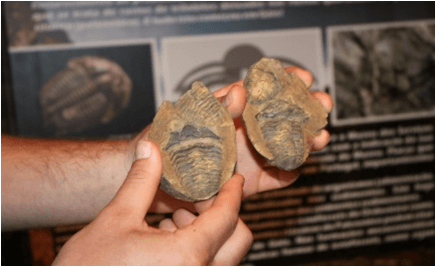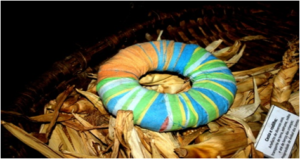Nowadays where traditions are vanished and culture is lost, Lusitânea Association fights to reverse that situation and preserve old customs. Lusitânea is a non-profit organization and over the years they have connected environmental causes with the preservation of the history and culture of the region. This Association developed a project called Schist Villages Eco-Museum, which is divided into four different villages in the council of Góis: Aigra Nova, Aigra Velha, Comareira and Pena.
The flora is very diverse and most of the species that can be found in this region were extinct in the previous ice age. They remained here due to the specific micro-clime of this region. Among these species we can find: the Cork tree; Medronheiro a tree whose fruits have many applications as cosmetic, jam, alcoholic beverages; Narciso, who only blossoms in the winter and in spring; Mistletoe whose leaves are spiky as a defensive mechanism and when the tree is taller than four meters the spikes start to decrease because animals cannot reach for the leaves, also, when a leave is eaten, the reverse process happens and the spikes start to increase. Apart from the flora, the fauna is also miscellaneous with a lot of native species such as the peregrine Falcon which is the fastest bird alive whose speed can reach up to 300 kilometers per hour, Melro, a native bird species who hunts in the water, Deers which are distinguished in gender by their horns, their fur color and the length of their neck, wild hogs whose meat is full of bacteria so it has to be properly cooked and Otters whose claws are very strong. In Lousã mountain, where Aigra Nova is located there are four types of rocks. Schist is the main one followed by quartzite that has approximately 440-480 million years of existence. Next come quartz and lastly, granite. In quartzite exists the remaining of pre-historical creatures called trilobites. These animals are named like that due to the fact that their body is formed by tree main parts: the head or céfalo; the trunk and lastly, the rear end or pigídio. Apart from fossils, in quartzite, we can also find icnofossils which are the trails left by pre-historical creatures.
As a conclusion, this project encourages not only the conservation of Portuguese heritage but also the ecosystems. As previously mentioned, besides the environmental part, this project, also preserves folklore and recovers, for touristic purposes, the ancient traditions of this territory whose inhabitants were named Serranos. This community was small and very closed from the outer world, so they were less connected to the church so they built “Alminhas” which they left as a legacy. Those were reduced dimensions buildings who served to protect all the souls of the villagers till they got to the main church. They also left both agriculture and everyday tools as a legacy.
Grupo 1






You must be logged in to post a comment.